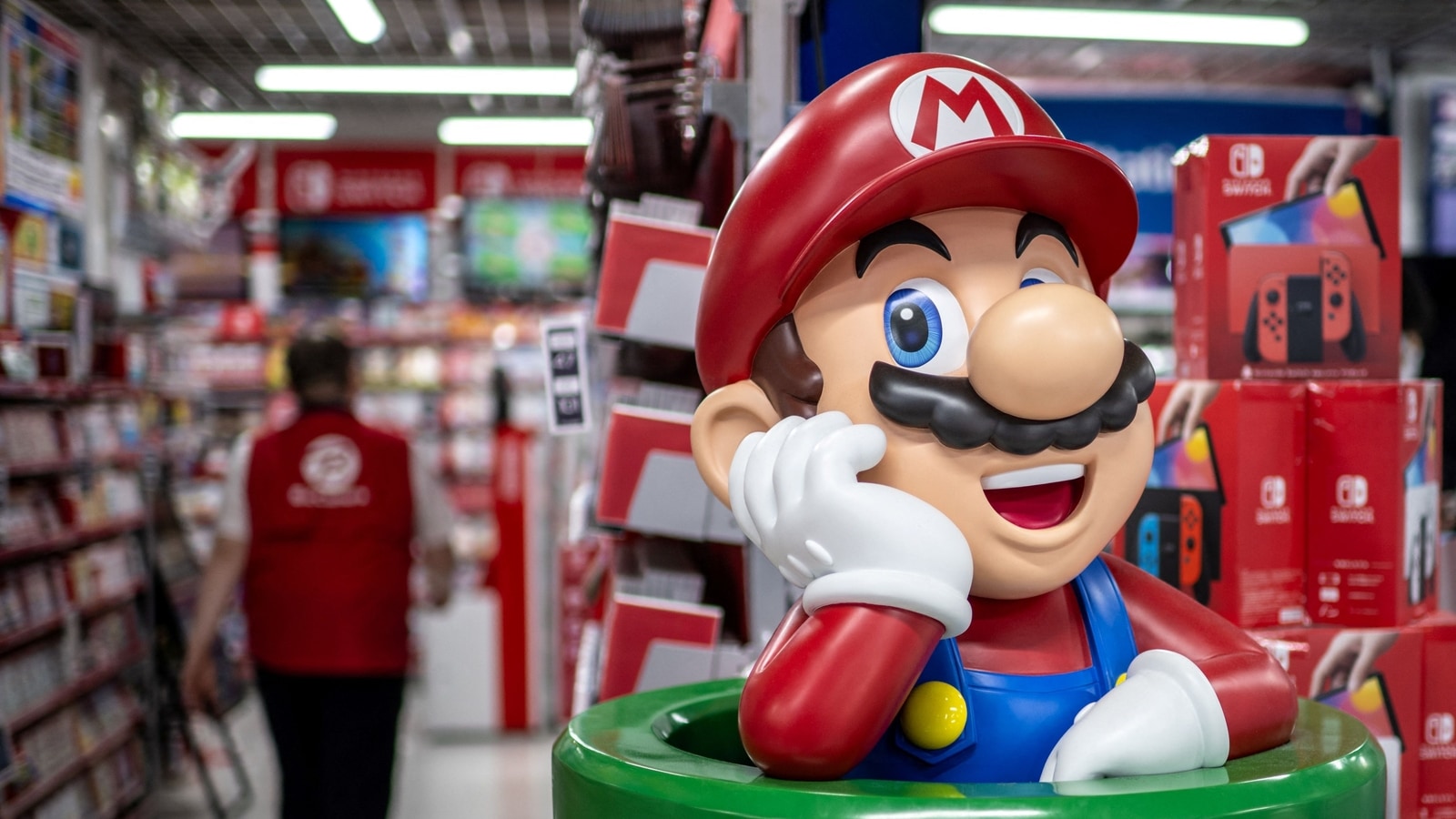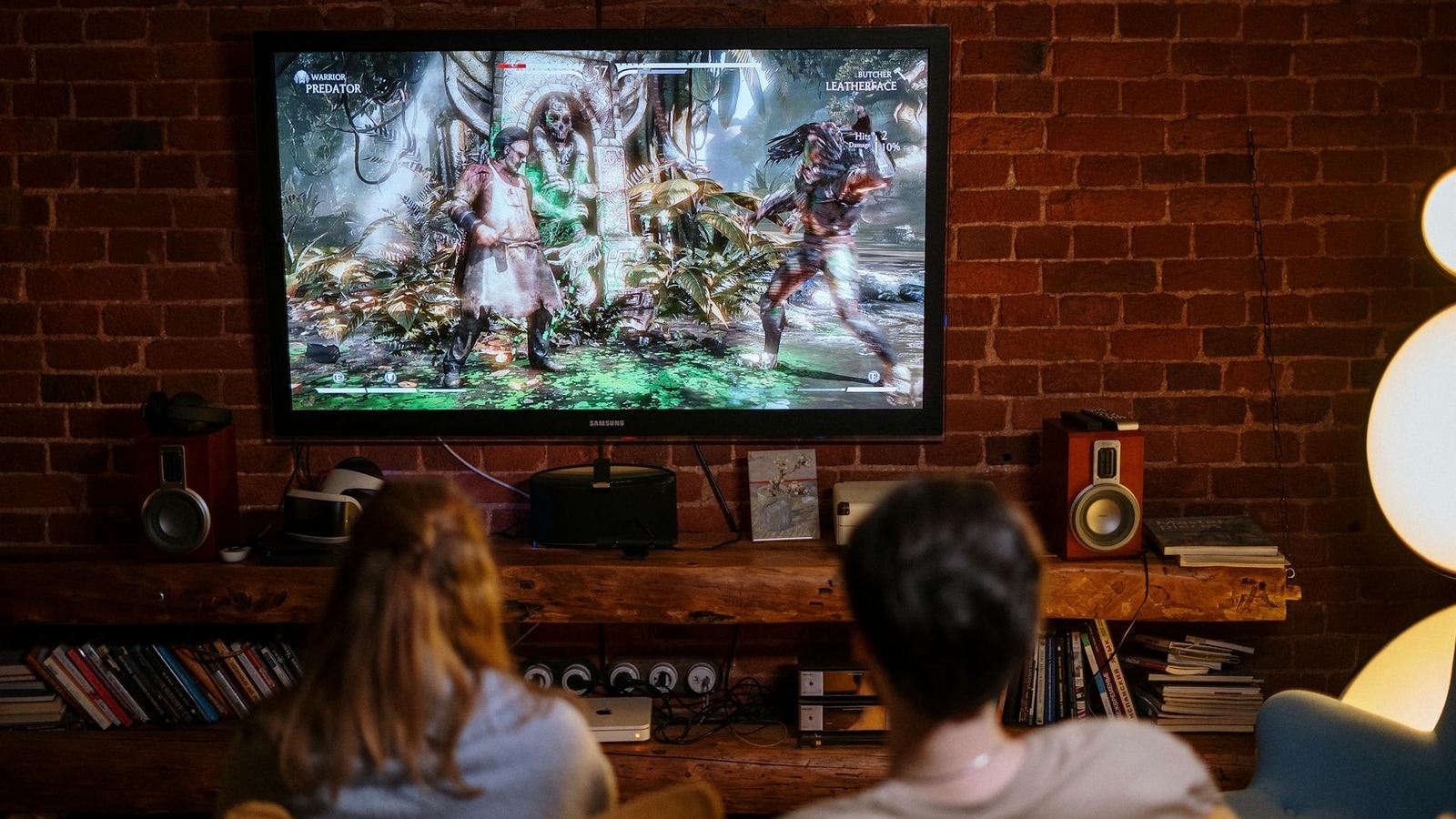In 1979, as Margaret Thatcher came to power, a collective of young Black artists based in the British West Midlands founded the Blk Art Group. Their goal was to amplify Black voices, critique their exclusion from art history and draw attention to the racism they experienced as children of Caribbean migrants in conservative Britain. Claudette Johnson, born in Manchester in 1959, and studying at Wolverhampton Polytechnic at the time, joined the Blk Art Group soon after its formation and began working and exhibiting alongside her fellow members Eddie Chambers, Keith Piper, Marlene Smith and Donald Rodney. “The Black arts community that I became a part of in the ’80s was invaluable. It gave me people to talk to about my work. It made me feel a part of a movement,” says Johnson. “There was definitely a belief that we were going to change things. That we were shaking things up.” But despite this fervent start, the spotlight soon faded and the group’s contribution to contemporary art became largely overshadowed by the provocations of the Young British Artists, the loose affiliation that included Damien Hirst and Tracey Emin. “We just couldn’t fit in in the way the Y.B.A.s could,” Johnson says.
Johnson refers to the period between then and now as a “long wilderness.” In the early days, she had garnered visibility and acclaim — her seminar at the Black Arts Conference in 1982 is often cited as a formative moment in Black British feminism. But after participating in the exhibition “The Thin Black Line,” organized by the British artist and curator Lubaina Himid at London’s ICA in 1985, things started to quiet down. “That was the beginning of the slide into obscurity,” says Johnson. She had two sons, stopped exhibiting and no longer had a studio. Then in 2014, Himid invited her to be in a new show. “She said, ‘I’ve been thinking about the way you make your marks, and I want to see it again,’” recalls Johnson. Since then, she has re-emerged onto the contemporary art scene with exhibitions at London’s Hollybush Gardens gallery and Modern Art Oxford. At 64, she’s as successful an artist as she’s ever been. “For so many years, it wasn’t even a dream. It was beyond a dream,” she says.
Johnson’s approach to art making has shifted over the years, as well. “When I was younger, I chose pastels as my main medium because they were so quick,” she says. “I didn’t have to wait for the paint to dry.” But in 2021, when Johnson was commissioned to create a portrait of the cultural theorist Stuart Hall, who had been an inspiration for the Blk Art Group and died in 2014, she began experimenting with oil paints. (“It brings me outside of my comfort zone,” she says.) Her intimate life-size drawings of Black sitters are spellbinding in their ability to be both affectionate and empowering. Her focus isn’t on creating perfect likeness but on capturing a feeling or a presence. “Often the heads are cut off, or parts of them are missing, as if you just bumped into the person,” she says. She isn’t overly political in her approach, but her works do seek to tell a more authentic story of Black life in Britain “Everyone can relate to an image of a Black woman,” Johnson says, “the same way I can relate to any of Whistler’s portraits.”
What is your day like? How much do you sleep, and what’s your work schedule?
I’m not an early riser. I often come to the studio after 11 o’clock. But then I might work until 8 or 9. Most days are centered around the studio. It’s a short walk from my house.
How many hours of creative work do you think you do in a day?
It might be five hours; it might be eight. It depends on the day. There are some days when I come and just read or look at things or clean my brushes or order materials or look at that huge blank canvas over there.
What’s the first piece of art you ever made?
I remember being 7 and doing a drawing of what I imagined a Spanish dancer looked like. There were tiers and tiers to her dress. I remember being really proud of it. I used to draw all the time. When I got to secondary school, I would do drawings for the other girls, usually of pop stars. They were sought after.
What’s the first work you ever sold? For how much?
It might have been “Untitled (Woman With Earring)” (1982), which I sold in 1983 to Lubaina Himid for 200 pounds at the absolute most.
What’s the worst studio you ever had?
It’s a toss up between the windowless box I had before I moved here and this bizarre building that was meant to be flats but hadn’t quite met the standard. It felt like a little bedroom. It was very hot, and you had to have the windows open. There were always mouse droppings in the kitchen area downstairs. I never saw a mouse in my actual studio, but I was glad to get out of there.
When you start a new piece, where do you begin?
Nowadays, I prepare a primer on the paper or the canvas and then go straight in. I don’t do preparatory sketches. I tend to just make a mess. Sometimes, it’s a lovely, charmed experience and everything’s more or less where it should be and I feel a rhythm and symmetry — and other times, it goes completely awry. I don’t often tear up work and start again. Sometimes I turn it upside down and begin again on the same sheet. Sometimes I paint over an area. But it always starts with a drawing. It might be ink, it might be paint, it might be pastel.
How do you know when you’re done?
I don’t always know. If a work is with me in the studio for a long time, there’s usually a moment where I say, “That’s enough.” Sometimes that happens very quickly, and sometimes it takes more time. With “Standing Figure With African Masks” (2018), I spent ages changing the background, adding more details and taking away. I had a deadline, so that helped me to finalize the decisions, but I’m realizing that at the point that I keep making changes to a work, I need to make a new work.
When did you first feel comfortable saying you’re a professional artist?
I’ve never described myself as a “professional artist.” I called myself an artist in the early ’80s, and again beginning in 2017. At one point, we debated whether to use the term “cultural practitioner.”
How many assistants do you have?
None, although my friend and fellow artist Beverley Bennett has assisted me.
Have you assisted other artists before?
No. I haven’t.
How often do you talk to other artists?
Every day. My husband, Trevor Mathison, is a sound artist. He was part of the Black Audio Film Collective. He just had a very successful show at the Goldsmiths Centre for Contemporary Art gallery.
What music do you play when you’re making art?
I listen to a lot of jazz, reggae and soul. Frank Ocean. Brittany Howard.
Is there a meal you eat on repeat when you’re working?
It tends to be peanut butter.
What’s the weirdest object in your studio?
A skipping rope.
What do you usually wear when you work?
A boiler suit.
If you have windows, what do they look out on?
I have lots of windows here. Outside, there are flats and then the field that I walk across to get home. It’s called Mabley Green.
What do you pay for rent?
I pay £350 a month. This place is shared, but I’m looking for a whole studio.
What do you bulk buy with the most frequency?
Ridiculously small tubes of paint.
Are you bingeing any shows right now?
I just started “Better Call Saul.” It’s getting so dark.
What’s the last thing that made you cry?
A doctor’s visit.
What’s your worst habit?
Procrastinating. My worst fault is indecision — not being able to decide which of the 15 things I am meant to be doing in any one moment and prioritizing. And because I don’t like writing lists, it makes it much worse. I know one way out would be to write a list and do the first thing on it, but I write a list and think, “Where did I put that list?”
What do you do when you’re procrastinating?
I clean. I gaze into space.
What embarrasses you?
Some attention can be embarrassing. When people stop me in the street, it’s thrilling but it’s very hard to know how to respond. More genuinely embarrassing stuff would be any kind of public speaking, and rereading my interviews.
Do you exercise?
Yes, I skip. I used to run. I’m thinking of getting back into it. I cycle, too. Sometimes I cycle here. I do get a bit nervous, even though I know these roads very well. You just never know what people will do. Some drivers really hate cyclists.
What are you reading?
I just read “Americanah” (2013) by Chimamanda Ngozi Adichie. I’m also reading Tennessee Williams. I read a couple of his plays, “The Glass Menagerie” (1944) and “A Streetcar Named Desire” (1947). I’m still shocked by the undisguised racism. He’s not setting out to be offensive to Black characters — it’s just so casually done.
What’s your favorite artwork by someone else?
Rembrandt’s “Young Woman Sleeping” (c. 1654). It does everything I want my drawings to do.

























